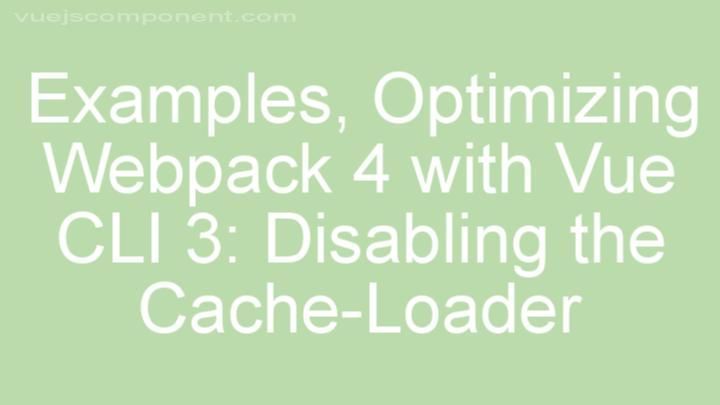
Install
json-parse-even-better-errors
json-parse-even-better-errors
is a Node.js library for getting nicer errors out of JSON.parse(),
including context and position of the parse errors.
It also preserves the newline and indentation styles of the JSON data, by
putting them in the object or array in the Symbol.for('indent') and
Symbol.for('newline') properties.
Install
$ npm install --save json-parse-even-better-errors
Table of Contents
Example
const parseJson = require('json-parse-even-better-errors')
parseJson('"foo"') // returns the string 'foo'
parseJson('garbage') // more useful error message
parseJson.noExceptions('garbage') // returns undefined
Features
- Like JSON.parse, but the errors are better.
- Strips a leading byte-order-mark that you sometimes get reading files.
- Has a
noExceptionsmethod that returns undefined rather than throwing. - Attaches the newline character(s) used to the
Symbol.for('newline')
property on objects and arrays. - Attaches the indentation character(s) used to the
Symbol.for('indent')
property on objects and arrays.
Indentation
To preserve indentation when the file is saved back to disk, use
data[Symbol.for('indent')] as the third argument to JSON.stringify, and
if you want to preserve windows \r\n newlines, replace the \n chars in
the string with data[Symbol.for('newline')].
For example:
const txt = await readFile('./package.json', 'utf8')
const data = parseJsonEvenBetterErrors(txt)
const indent = Symbol.for('indent')
const newline = Symbol.for('newline')
// .. do some stuff to the data ..
const string = JSON.stringify(data, null, data[indent]) + '\n'
const eolFixed = data[newline] === '\n' ? string
: string.replace(/\n/g, data[newline])
await writeFile('./package.json', eolFixed)
Indentation is determined by looking at the whitespace between the initial
{ and [ and the character that follows it. If you have lots of weird
inconsistent indentation, then it won't track that or give you any way to
preserve it. Whether this is a bug or a feature is debatable ;)
API
parse(txt, reviver = null, context = 20)
Works just like JSON.parse, but will include a bit more information when
an error happens, and attaches a Symbol.for('indent') and
Symbol.for('newline') on objects and arrays. This throws a
JSONParseError.
parse.noExceptions(txt, reviver = null)
Works just like JSON.parse, but will return undefined rather than
throwing an error.
class JSONParseError(er, text, context = 20, caller = null)
Extends the JavaScript SyntaxError class to parse the message and provide
better metadata.
Pass in the error thrown by the built-in JSON.parse, and the text being
parsed, and it'll parse out the bits needed to be helpful.
context defaults to 20.
Set a caller function to trim internal implementation details out of the
stack trace. When calling parseJson, this is set to the parseJson
function. If not set, then the constructor defaults to itself, so the
stack trace will point to the spot where you call new JSONParseError.




